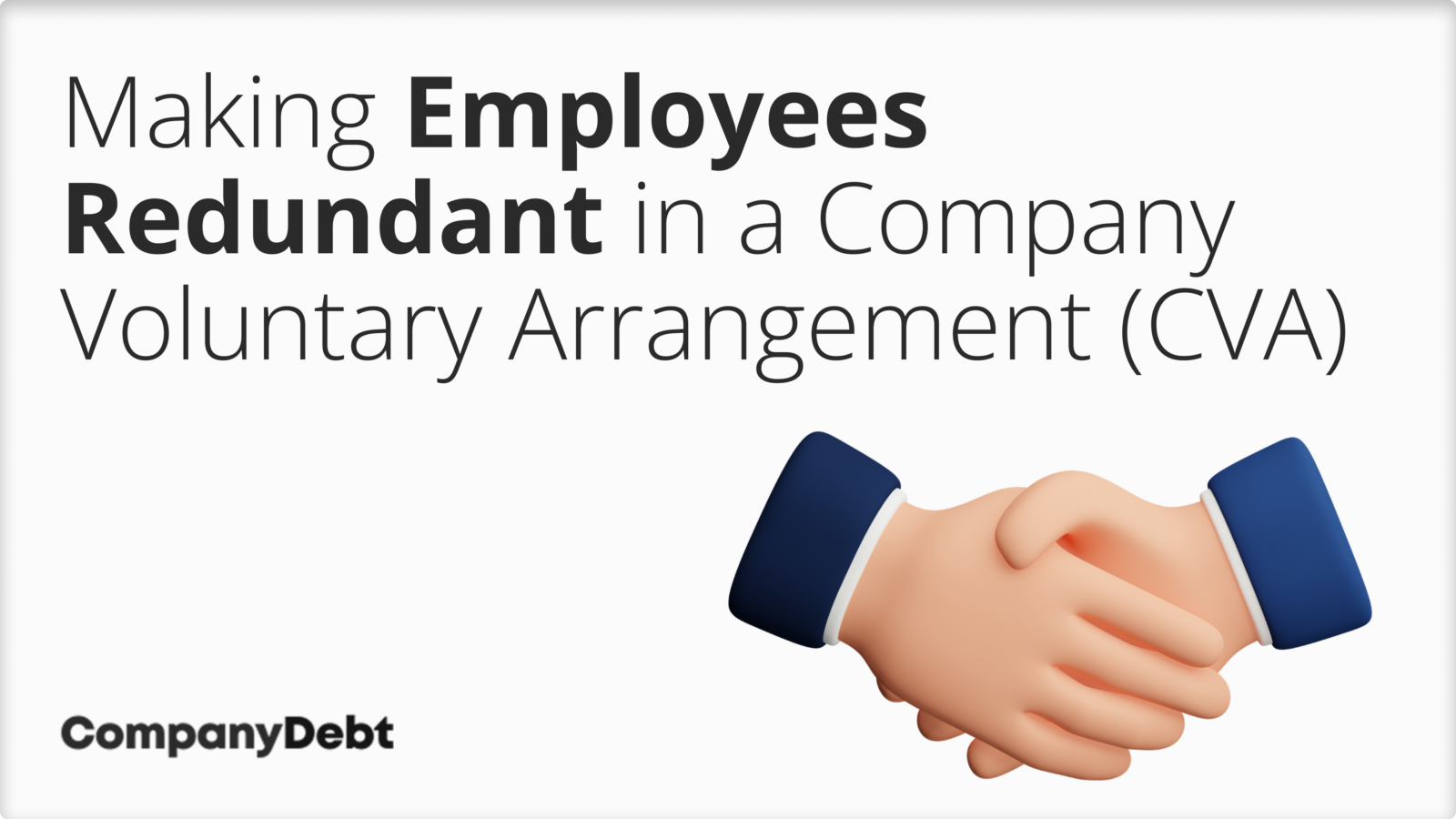Your Rights to Redundancy If Company Goes Bust: UK Employee Protections
Your Rights to Redundancy If Company Goes Bust: UK Employee Protections
Blog Article
Investigating the Interaction Between Firm Redundancy and Business Adaptability for Future Growth
In the vibrant landscape of today's organization world, the elaborate connection in between firm redundancy and business adaptability emerges as a critical element for continual development and success. Firms often face the difficulty of striking a delicate equilibrium in between keeping a level of redundancy to reduce dangers and cultivating versatility to respond quickly to the ever-evolving market needs.
Importance of Business Redundancy
Business redundancy is a crucial element that enhances organizational resilience and reduces operational risks. By incorporating redundancy measures within the organizational framework, companies can better endure unanticipated interruptions and fluctuations in business setting. Redundancy acts as a critical buffer, enabling companies to adapt and respond efficiently to unexpected challenges without endangering crucial procedures.
One secret aspect of the importance of firm redundancy is its duty in guaranteeing connection during times of crisis. When confronted with unexpected changes or emergency situations, repetitive systems, resources, or employees can action in to maintain crucial features and protect against extensive disturbances. This continuity not only safeguards the company's track record and customer depend on yet additionally minimizes financial losses and functional downtime.

Methods for Business Flexibility

Another essential method is buying modern technology and infrastructure that can support versatility and scalability. Applying electronic devices, automation, and data analytics can improve operations, enhance performance, and give valuable insights for informed decision-making. Additionally, developing adaptable business frameworks that permit fast modifications to market characteristics and client requirements is vital for staying competitive in a rapidly evolving setting. By proactively recognizing prospective interruptions and chances, organizations can proactively prosper and adapt in an ever-changing organization landscape.
Harmonizing Redundancy and Versatility
Achieving an unified balance in between operational redundancy and organizational versatility is critical in browsing the complexities of a vibrant company environment. Redundancy within a business provides a safety and security web, making sure continuity and security in operations. Nonetheless, an extra of redundancy can result in inefficiencies and hinder flexibility to changing market conditions. On the various other hand, business flexibility allows companies to respond quickly to outside disruptions and confiscate brand-new opportunities. Striking the ideal balance in between redundancy and adaptability is a fragile procedure that requires a deep understanding of the organization's objectives, industry dynamics, and risk resistance.
To accomplish this equilibrium, companies need to carry out routine assessments of their operations to recognize areas where redundancy is required for risk mitigation and where flexibility can drive technology and development. Executing flexible structures, fostering a society of continuous discovering and improvement, and urging open communication across all degrees of the organization are vital strategies to balance redundancy and versatility efficiently. By aligning my response these two important components, business can place themselves for sustainable development and success in an ever-changing company landscape.
Instance Researches on Adaptation Success
In analyzing circumstances of successful organizational adaptation, it becomes apparent that the interaction between operational redundancy and versatility is a defining consider forming resilient companies. One engaging situation research is that of Netflix. Originally a DVD rental service, Netflix demonstrated remarkable flexibility by transitioning right into a streaming system when digitalization interrupted the sector. By tactically investing in innovation and material creation, Netflix not only prospered however made it through in a swiftly evolving market. One more standout instance is Amazon. Starting as an on the internet book shop, Amazon constantly adjusted its service model, expanding into diverse markets such as cloud computer and synthetic knowledge. This flexibility allowed Amazon to remain ahead of competitors and meet transforming customer demands. Finally, Adobe provides a significant picture of learn this here now successful adaptation. The firm changed from marketing software program licenses to a subscription-based model, making sure repeating income streams and boosted client engagement. These instance research studies underscore the relevance of functional redundancy combined with organizational adaptability in cultivating long-lasting development and competition.
Structure Resilience for Future Growth
Structure resilience for future development needs a tactical positioning of operational processes with market characteristics and arising trends. Companies have to adapt to altering settings by cultivating a society of versatility, advancement, and continual improvement. Durability includes not only jumping back from obstacles but also proactively preparing for future challenges. One vital facet of structure durability is buying robust danger monitoring strategies to reduce possible disruptions. This consists of circumstance preparation, expanding supply chains, and establishing backup prepare for numerous contingencies (who pays redundancy money).
Additionally, promoting solid connections with stakeholders, such as consumers, workers, distributors, and the area, is essential for weathering uncertainties and preserving trust fund and support throughout unstable times. Effective communication and transparency play a vital role in structure strength, as they assist align assumptions and promote collaboration in navigating unpredictabilities.
In addition, organizations need to prioritize discovering and growth initiatives to upskill employees and furnish them with the needed devices to adjust to changing situations. By purchasing their workforce, business can improve their flexibility and dexterity, inevitably strengthening their resilience for sustainable future growth.
Conclusion

In the dynamic landscape of today's company globe, the elaborate partnership between business redundancy and business adaptability emerges as a crucial element for continual development and success. Companies commonly encounter the challenge of striking a click here for info delicate equilibrium in between maintaining a level of redundancy to alleviate threats and cultivating adaptability to respond quickly to the ever-evolving market needs.To attain this balance, companies need to carry out normal analyses of their procedures to identify areas where redundancy is required for danger reduction and where flexibility can drive technology and growth.In conclusion, the interplay between company redundancy and organizational versatility is vital for future development. Structure strength via a mix of redundancy and flexibility will certainly make certain that firms are prepared for the obstacles of the future.
Report this page